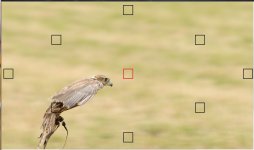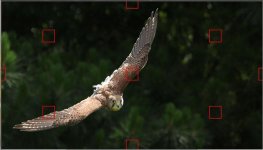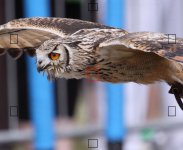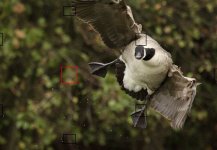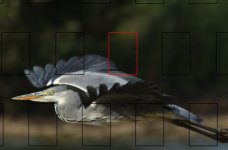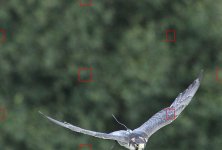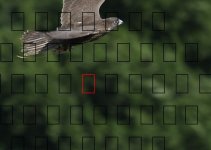DaveJones
Well-known member
Hello all,
Hopefully somebody can help me on a problem im having with my D60 or my poor technique.
Im finding it difficult to photograph birds in flight against a Tree line, Rock face, or looking down at them against the sea/ground.
What are the best settings for gaining some sort of success?
Thanks for you help:t:
Hopefully somebody can help me on a problem im having with my D60 or my poor technique.
Im finding it difficult to photograph birds in flight against a Tree line, Rock face, or looking down at them against the sea/ground.
What are the best settings for gaining some sort of success?
Thanks for you help:t:




